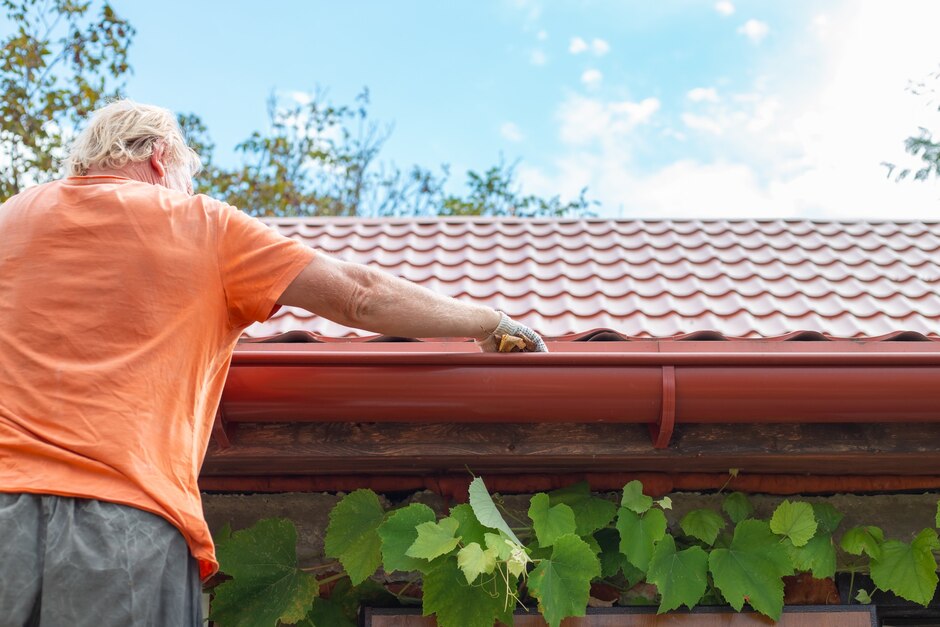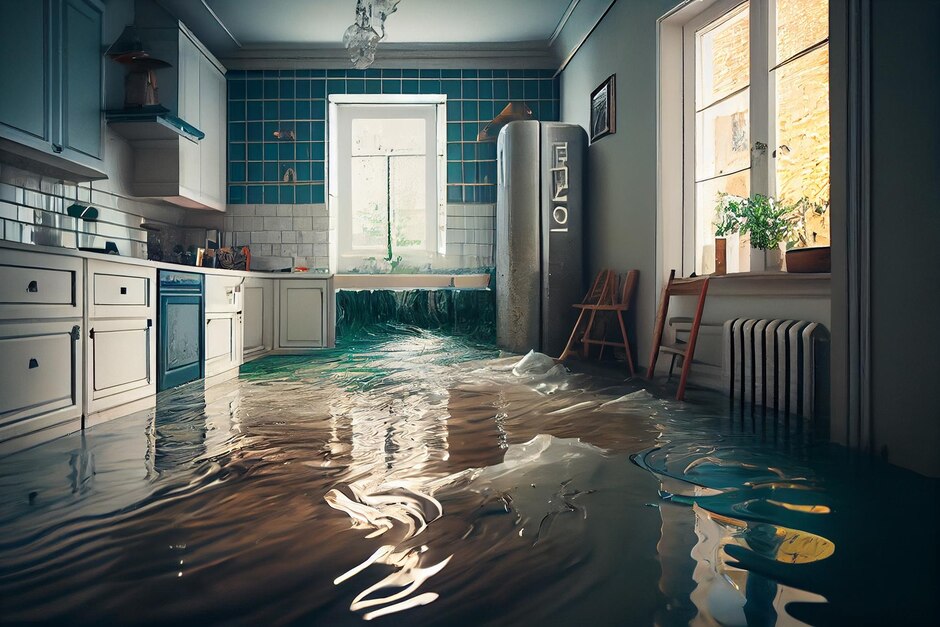A visual inspection of your roof is an important step in maintaining the integrity and longevity of your home. Regular inspections can help identify potential issues before they become major problems, saving you time and money in the long run. Here are a few tips for conducting a visual inspection of your roof.
First, take a look at the overall condition of your roof. Look for any missing, cracked, or curled shingles. Also, check for any signs of wear or tear, such as holes or punctures. If you notice any of these issues, it’s important to address them as soon as possible to prevent water damage or leaks.
Next, inspect the flashing around the vents, chimneys, and skylights. Flashing is the metal or plastic material that is used to seal these areas of the roof. Make sure that the flashing is secure and not leaking. If you notice any issues, it’s important to have them repaired as soon as possible.
Also, inspect the gutters and downspouts. Make sure they are clear of debris and properly attached to the house. Clogged gutters can cause water to back up and damage the roof.
Lastly, always be aware of your safety when conducting a visual inspection of your roof. If you are not comfortable climbing up on your roof, it’s best to hire a professional to do the inspection for you.
In conclusion, regular visual inspections of your roof are an important step in maintaining the integrity and longevity of your home. Be on the lookout for missing, cracked or curled shingles, flashing issues, gutters and downspouts and make sure to address them as soon as possible. Safety always come first, if you are not comfortable climbing up on your roof, it’s best to hire a professional to
do the inspection for you.
How can I be sure if my roof is good or not?
There are several ways to determine if your roof is in good condition or not. Some of the
most effective ways include:
- Perform a visual inspection: look for any signs of damage, such as missing, cracked, or curled shingles, holes or punctures, or any signs of wear and tear. Also check for leaks or water damage.
- Check the flashing: inspect the flashing around vents, chimneys, and skylights to ensure it is secure and not leaking water.
- Check the gutters: make sure they are free of debris and securely attached to the house. Clogged gutters can cause water to pool and damage the roof.
- Hire a professional inspector: a professional roof inspector will have the tools and knowledge to identify any problems that may not be visible to the untrained eye. They will also provide a detailed report that can help you understand the condition of your roof and what repairs or replacements may be necessary.
- Check the age of your roof: the average lifespan of a roof is around 15-25 years, depending on the materials used. If your roof is near or has passed that age, it is a good idea to have it inspected by a professional.






